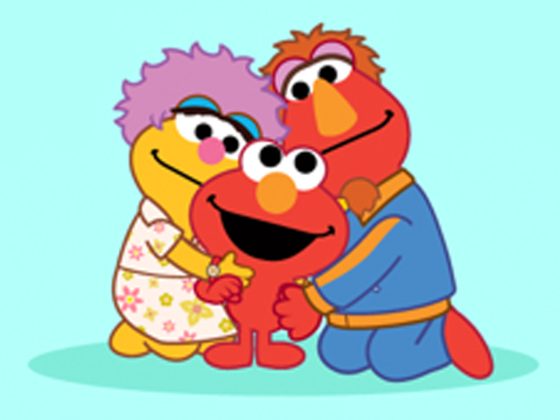
How to Recognize and Respond to Big Feelings
An article for families to help recognize and respond to your child’s big feelings.
When a child is having big feelings, it can be hard for them to pinpoint what the problem is (it can be hard for grown-ups, too!). Very young children especially may lack a developed “feelings vocabulary” which can make it hard for them to communicate what they’re feeling. Children need help from grown-ups to learn what feelings look and sound like, and what to call them.
How do I recognize big feelings in my child?
Recognizing when your child is experiencing strong emotions can help us communicate more empathetically and effectively. But recognizing big feelings can be tricky. Every child expresses their feelings differently. It’s important to look for changes in behavior that seem out of character for your child. You can also watch children for signs of stress. In preschool, these may include fear of being alone, bad dreams, “accidents” or constipation, bed-wetting, changes in appetite, or an increase in temper tantrums, whining, or clinginess.
The printable lists a few more things you might look for, and some ways you might respond.
Responding to my child’s big feelings
If your child is having big feelings, first, let them know that their feeling is okay. Then put a name to their feeling (mad, sad, worried, etc.), and remind them that feelings come and go—this one won’t last forever. Then explain that there are things they can do to express and release their big feeling: They could take a deep breath, draw a picture of his feeling, sing a song, or stomp their feet. Finally, offer comfort. Your extra hugs and reassurance can go a long way.
Remember, it’s important to address big feelings sooner rather than later. When we respond to a child’s big feelings in the moment—by offering comfort, listening, or providing a way to release the energy—we can mitigate the negative effects of stress.

Good Questions (and Answers) About Covid-19 Vaccines
Common questions children ask about vaccines, and possible answers.
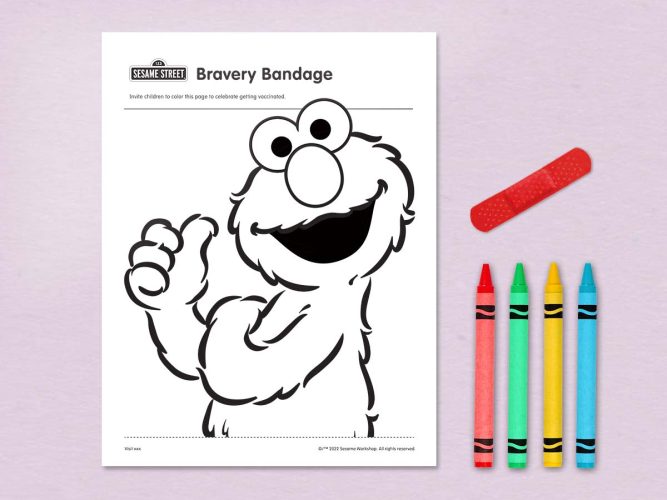
Elmo’s Bravery Bandage
A coloring page to help celebrate a child’s bravery when getting a shot.
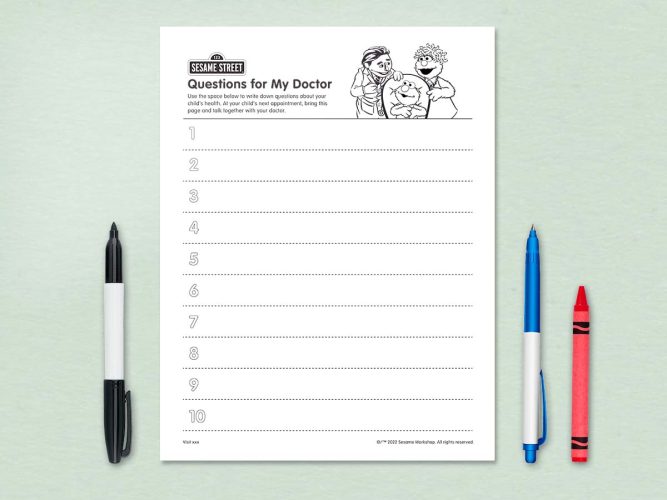
Questions for My Doctor
A place for parents and children to list questions for their doctor.
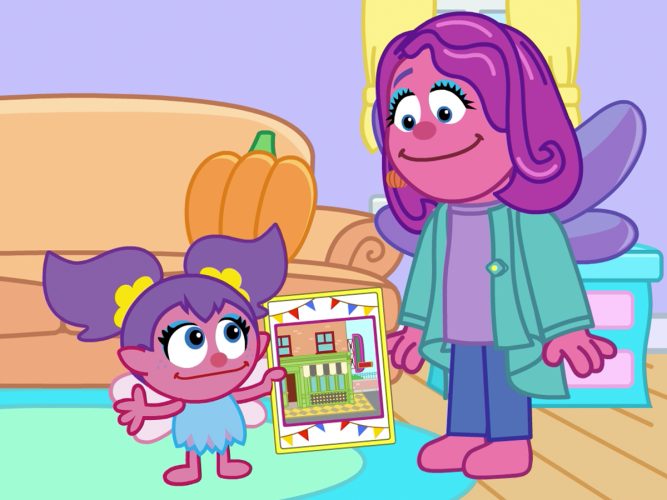
Hooper’s Store Reopens
As communities open up, together we can adjust to a new way of doing things—while keeping everyone safe.
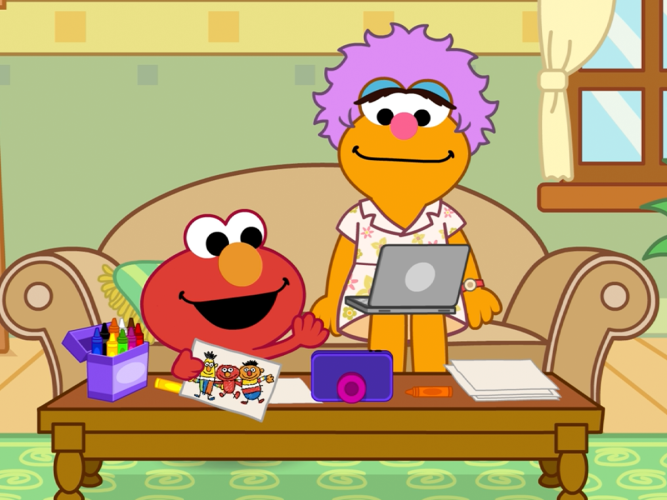
When Children Miss Their Friends
There are ways to stay connected with people we love...safely.
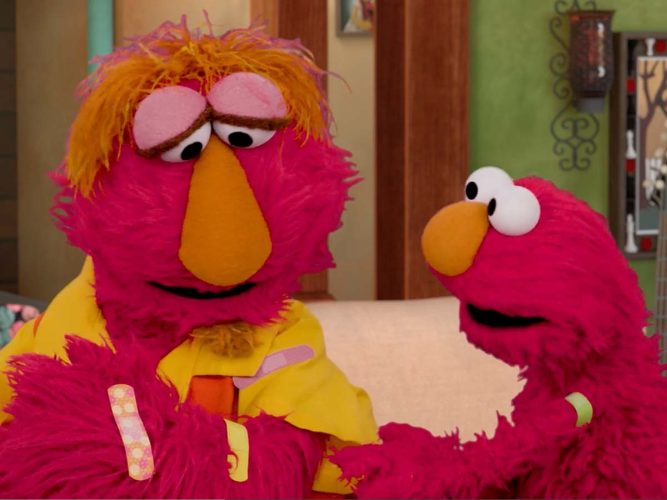
Elmo Gets the Covid-19 Vaccine
Elmo and Louie share their experience with the COVID-19 vaccine.
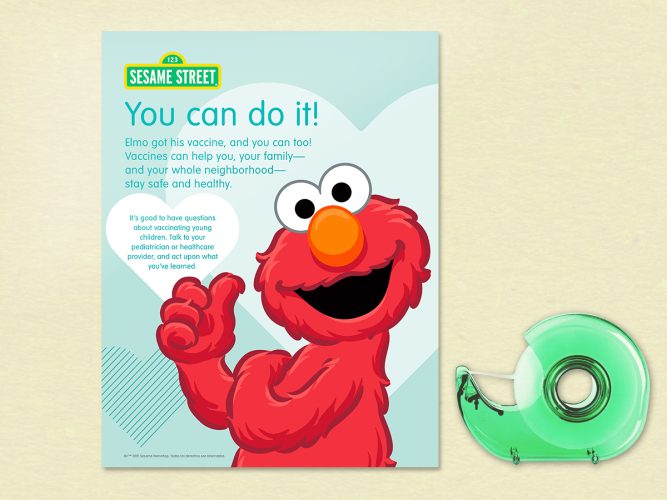
You Can Do It! Poster
A poster for providers to display to encourage families to get their young children vaccinated.
